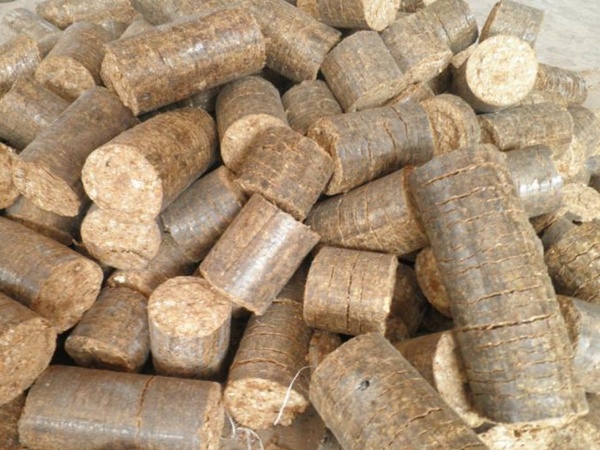Firewood is the main source for powering industries and cooking meals. With demand for energy increasing, forests are feeling the strain—the country has lost more than 9% of its trees over the last 18 years.
Kenya is one of the world’s largest exporters of black tea, with the trade accounting for 26 percent of national export earnings. Kenya’s tea factories often burn firewood to dry and process tea. A typical tea factory can consume up to 60,000 tres in a year.
Kenyan educational institutions use firewood to cook meals. Each of the country’s roughly 20,000 schools may be responsible for the clearing of 56 acres of forest every year.
Tea companies and schools are switching from firewood to briquettes not only for environmental reasons. Using briquettes is cheaper because a smaller quantity is needed.
The briquette, made by compacting dry organic wastes like sawdust and sugarcane stalks into solid logs, has a high calorific value. The briquette production can help to utilize the excess sawdust from licensed timber factories, and the bagasse wastes from the sugar factories, to combines sugar cane and coffee waste with agricultural byproducts such as sawdust, coal ash, the Briquettes create more value from wastes and protect the environment, and make money for entrepreneurs, offer more positions for local people.
 |
How to make briquette from sawdust and sugarcane bagasse? Use a piston briquette machine.
The whole system has a belt conveyor, screw feeder, briquetting chamber, and output briquette cooling tube, as well as electric control cabinet. After the sawdust and sugarcane bagasse are dried to a moisture content of around 15%, they can be used to make briquettes. (Click piston briquette machine to know more).
